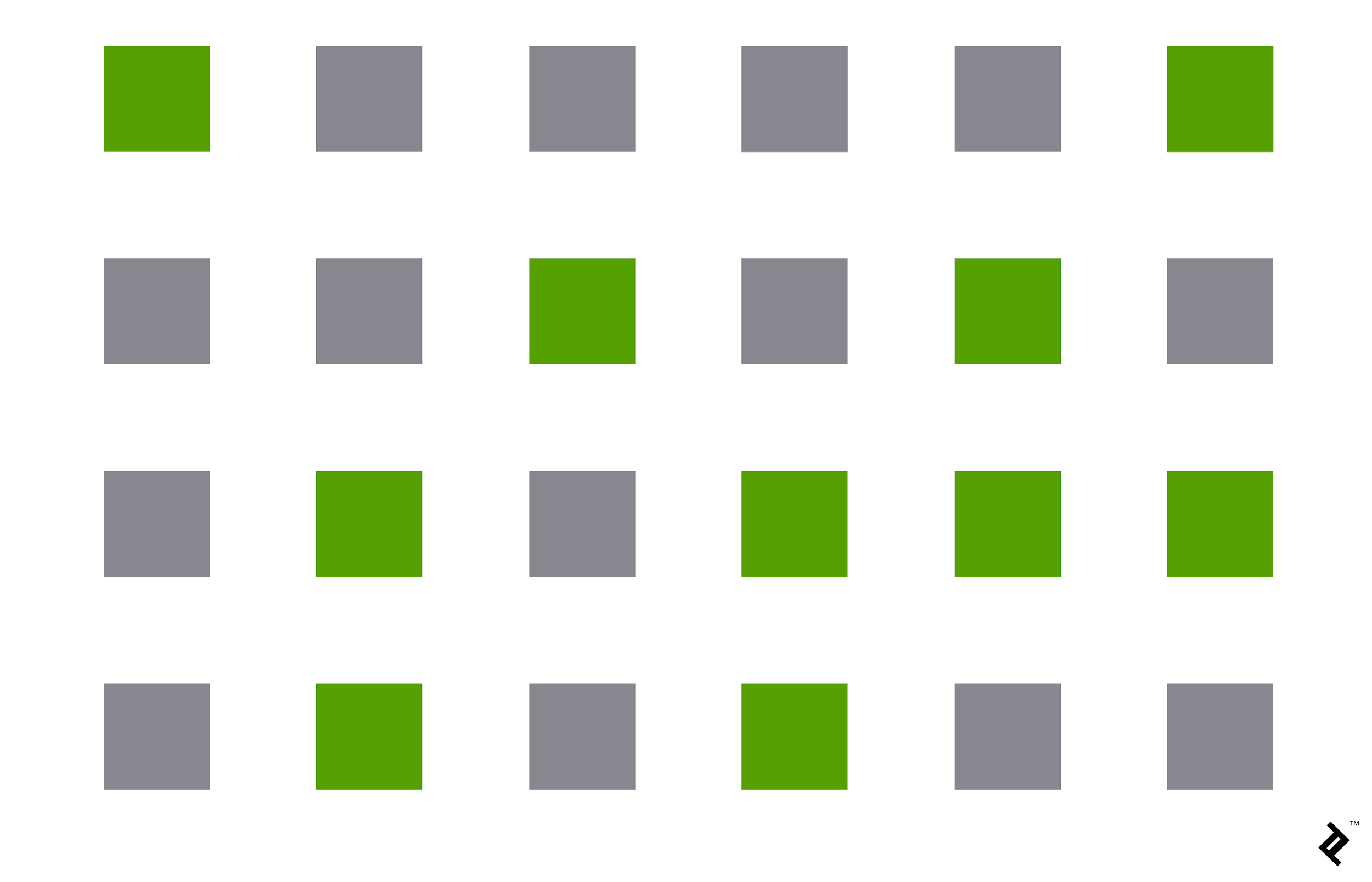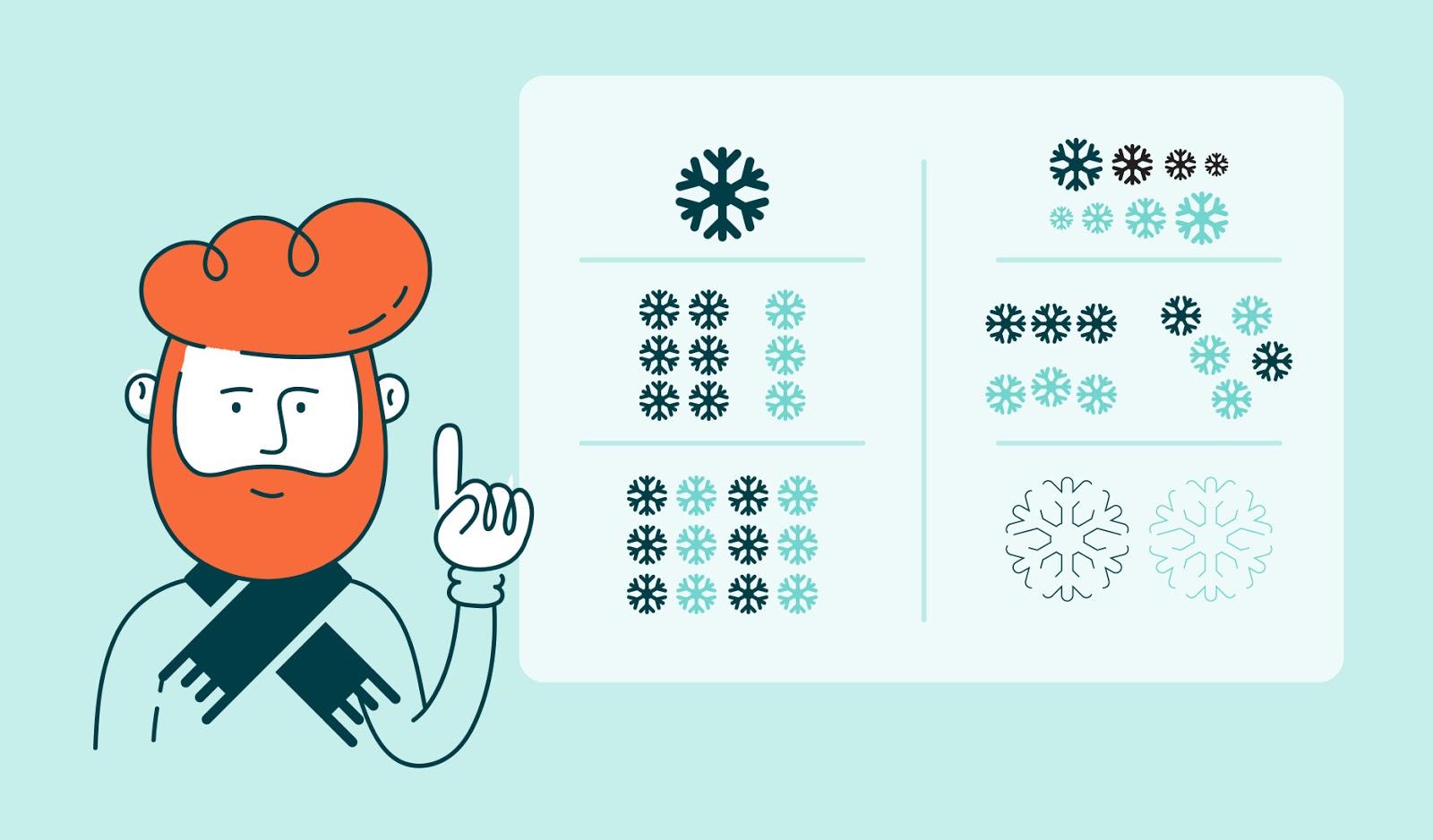Table Of Content

These design elements help guide users through products or websites without needing to give obvious direction. This is the start of a series of posts about design principles. It begins with these principles of gestalt, because many of the design principles we follow arise out of gestalt theory. In this post, I’ll walk you through a little bit of theory and offer some basic definitions of gestalt principles. Gestalt principles are the way in which the human brain processes individual images or elements of a scene.
Gestalt psychology
If you have a chaotic web design, it makes people confused and pushes them to leave your site. With symmetry, you can provide users a predictable experience when it comes to your website’s usability. The icons you choose, as well as the design of those icons, can have a tremendous impact on the experience of your users. That’s why it’s worth partnering with a top web design agency that understands not only web design but also iconography.
How Can Learning About Gestalt Principles Benefit a Designer?
In the digital world, this principle is crucial for creating a flow. It’s used in everything from text alignment to the way icons are arranged. This principle is like the buddy system; it groups things together to create a sense of unity and cohesion. It doesn’t show every detail of a panda, but you still get it, right? Dive deep into the Gestalt waters, and arise with the ability to sculpt designs that communicate, connect, and compel—effortlessly. The principle of focal points likely arises out of our need to quickly identify the unknown to alert us to potential danger.
Continuity or Continuation
Likewise, in the FedEx logo, if you look at the negative space between the 'e' and 'x,' you can see an arrow. This shape gives a sense of motion and direction that makes sense for a shipping company that prioritizes speed like FedEx. All this psychological theory can be tough to get into, so we'll be discussing the principles alongside diagrams and real-world examples to illustrate how you can apply the principles to your design practice. The human brain is an incredibly complex organ capable of processing massive amounts of information in nanoseconds. But to do this work as efficiently as possible, our brains look for patterns or logic to speed up the process. Rooted in behavioral psychology, these principles clue us into our own heads.
Closure refers to your ability to look at a group of elements (which are often incomplete) as a whole shape. For example, someone could draw half a circle, and you could easily tell that those elements make up a circle. Because it possesses the power to expedite and simplify a user’s experience. It can also help your business attract users to a specific feature or element on your page, like a button for calling your company, adding your product to a virtual shopping cart, and more. Reification refers to your ability to “fill in the gaps” when identifying a partially completed form.
Meet Touch Design for Mobile Interfaces, Steven Hoober’s brand-new guide on designing for mobile with proven, universal, human-centric guidelines. 400 pages, jam-packed with in-depth user research and best practices. "I think that the similarity and continuity principles are one of the best to match with a brand strategy. But, I say so because I'm in charge of a design system, where similarity and continuity are really important.
Gestalt. The brutalist collection by Belgian duo SMENT - Domus IT
Gestalt. The brutalist collection by Belgian duo SMENT.
Posted: Wed, 26 Dec 2018 08:00:00 GMT [source]
But we’ll focus on 11, which are most frequently used in design. Designers that are aware of these Principles, can create optical cues that are easily recognizable by the audience, leading to better perception of said designs - and in the essence, solve more problems. This principle isn’t just about making things move; it’s about creating a sense of unity and direction.
In the image above, even though we see two squares and two circles, we see the square–circle pairs as more strongly related because they are visually connected. Figure/ground refers to the relationship between positive elements and negative space. The idea is that the eye will separate whole figures from their background in order to understand what’s being seen. It’s one of the first things people will do when looking at any composition. When human beings see a group of objects, we perceive their entirety before we see the individual objects.
Gestalt adds Sagis Diagnostics for digital pathology and AI - LabPulse
Gestalt adds Sagis Diagnostics for digital pathology and AI.
Posted: Thu, 11 Jan 2024 08:00:00 GMT [source]
Our eye fills in the missing information to form the complete figure. Emergence is the process of forming complex patterns from simple rules. When attempting to identify an object, we first seek to identify its outline. We then match this outline pattern against shapes and objects we already know to find a match.
This principle isn’t just a fancy trick; it’s key in guiding viewers’ attention. It’s an intriguing paradox at the heart of the Gestalt principles of design—a psychological masterpiece that unpacks the human mind’s inclination to perceive a unified whole. This principle suggests that our attention will be drawn toward contrast, toward the element that is unlike the others in some way. Closure is the opposite of what we saw in the Prägnanz image above where three objects were simpler than one. With closure, we instead combine parts to form a simpler whole.

It's a fantastic UX example to encourage users to continue through flows or keep reading. The brain will typically process the smaller item in the image as the 'figure' and the larger item as the 'ground'—immediately processing the figure first. We tend to link visual elements that are close together as a whole. At the same time, if things are far apart, we consider them as doing different things even if they are visually the same. The best way to understand Gestalt is to look at the different principles.
When items, objects or elements share superficial characteristics, we perceive them as grouped. We can see the similarity principle in branding and design system guidelines. Iconic logos like IBM's and the World Wildlife Fund's are great examples of closure.
No matter how far apart these elements are, your brain sees those elements as a group to establish order in a complex environment. Multi-stability happens when you see forms in more than one way. For example, while one person sees the image of a vase, another will see two faces. If you want to see the other form, you often have to refocus your attention. Emergence means you’re capable of recognizing a less-detailed, yet simple form faster than a detailed, intricate element.

No comments:
Post a Comment